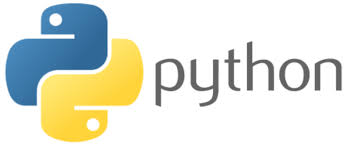CS 100

Scientific Computing
Activity 3 - Variables
PART 1 - Command/Shell Area
- In the shell area, type one at a time the following, hitting the Return/Enter key after each line. Observe the results.
i = 2 + 3 print(i) i = i + 7 print("i = ", i) - Without running any code, what will the value of the variable
nbe after the following Python instructions are executed?j = 5 k = 10 n = j*k n = n+1 - After making a prediction, run the instructions from Step 2 one at a time in the Command Area of Thonny. What value does n have at the end? How did you figure out what value n had? Was your prediction correct?
- Run the command
int(3.2)What happens? Try running the same command a few more times, each time replacing the
3.2by some other number. What do you thinkintdoes in Python? - Run the command
float(7)What happens? Try running the same command a few more times, each time replacing the
7by some other number. What do you thinkfloatdoes in Python?
PART 2 - File Editor
- Open Thonny and create a new file called
variables.pysaved to thecs100/ch1folder you created on the desktop. - In that file type the following:
i = 2 + 3 print(i) i = i + 7 print("i = ", i) - Click the green arrow in Thonny to run the program. You’ll know it worked when something happens in the Command Area (Shell Area).
- Add a line which calculates the product of 10 and 2; save it in a variable called
p; then, print out the value ofpwith a message similar to “p is 20” (just like you did with the variablei). - Compute 2 to the power of 32. Store it in a variable called
x. Print the result as “The power is: ___” , where your answer fills in the blank.
PART 3 - If you finish early, here are some things you can work on
- Add code that computes the average of 23, 15, 18, and 21; save that average in a variable called
avg; then, display it with a message similar to “The average of these numbers is 19.25”. - Create a variable called
piwith the value3.14159. Use it to compute the area of a circle with radius 3, and print out the result. - If the universe is 15 billion years old, how many seconds old is it?
How to submit
Submit your variables.py file to Activity 3 on Moodle. Make sure it runs without errors!